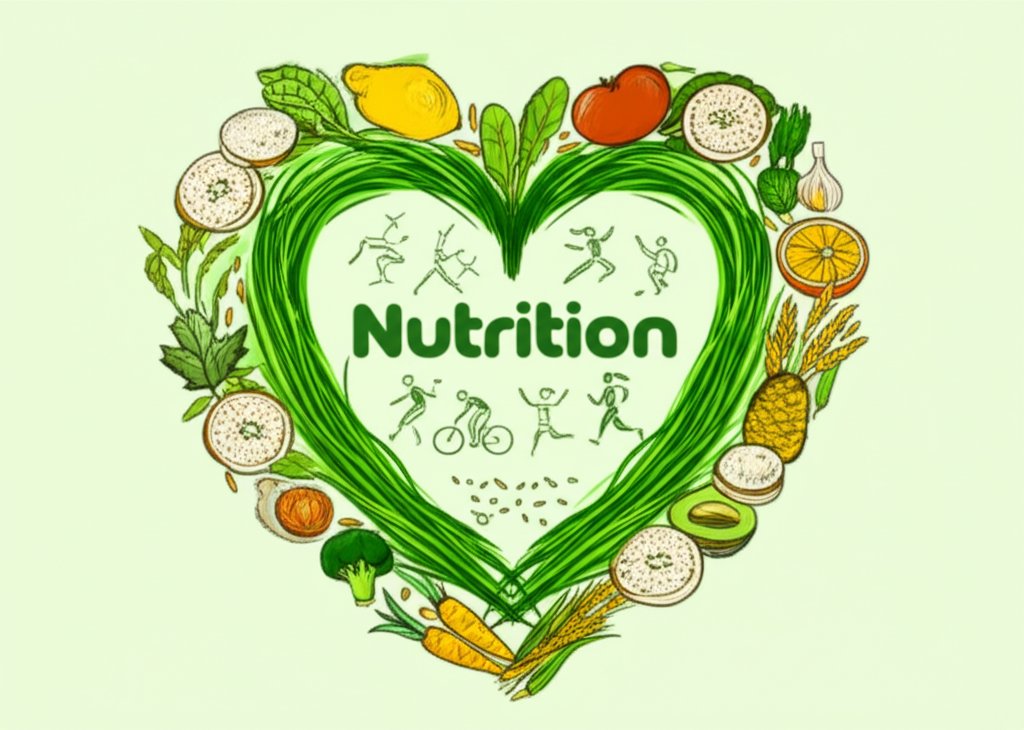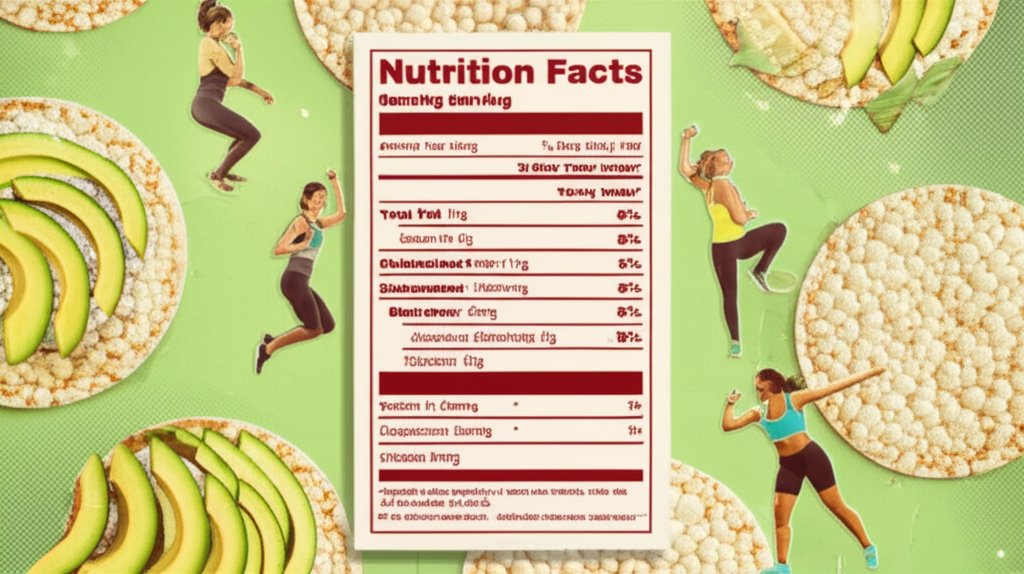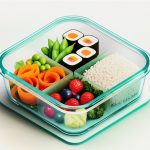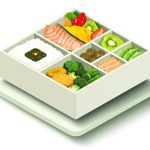Rice cakes: a blank canvas for snacking, a diet staple, or just another processed food? Understanding the rice cakes nutrition facts is key to deciding if they fit into your healthy eating plan. Are they truly a guilt-free snack, or is the nutritional picture more complicated?
At a glance:
- Uncover the true calorie and macro breakdown of rice cakes.
- Learn how to make rice cakes a more nutritionally complete snack.
- Understand the potential downsides, like glycemic index and limited micronutrients.
- Discover which rice cake varieties are best (and which to avoid).
- Get ideas for healthy and delicious rice cake toppings to boost their nutritional profile.
Calorie Count and Macronutrient Profile
Let’s dive straight into the numbers. The base rice cakes nutrition facts depend on the variety, but here’s a general overview for a plain, unsalted rice cake (approximately 9 grams):
- Calories: Around 35-60
- Fat: 0-0.5g
- Carbohydrates: 7-12g
- Protein: Less than 1g
- Fiber: 0-1g
Notice the relatively low calorie count. This contributes to their popularity as a dieting snack. However, also note the low fiber and protein content. This means they might not keep you feeling full for very long, and that they lack essential nutrients that contribute to a balanced diet.
Practical Implication: Relying solely on rice cakes as a snack can lead to overeating later due to their lack of satiety.
Glycemic Index: A Potential Pitfall
The glycemic index (GI) measures how quickly a food raises blood sugar levels. Rice cakes, especially those made from white rice, tend to have a high GI. This can cause a rapid spike in blood sugar, followed by a crash, potentially leading to cravings and energy dips.
Mitigation Strategy: Pair your rice cake with protein, healthy fats, and fiber to slow down digestion and stabilize blood sugar. Think nut butter, avocado, or a slice of cheese.
Brown Rice vs. White Rice: Make the Right Choice
Rice cakes are typically made from either brown rice or white rice. Brown rice generally offers a slightly better nutritional profile because it’s a whole grain. Brown rice rice cakes tend to be higher in fiber, magnesium, and selenium compared to their white rice counterparts.
Decision Point: When choosing rice cakes, opt for brown rice varieties whenever possible for a small but meaningful nutritional boost.
Navigating Flavored Rice Cakes: Sugar Alert!
Flavored rice cakes (chocolate, caramel, apple cinnamon, etc.) often contain added sugars, artificial flavors, and other undesirable ingredients. These additions can significantly increase the calorie count and decrease the overall nutritional value.
Example: A plain rice cake might have 35 calories, while a chocolate-flavored one could easily have 60-70 calories, with most of the extra calories coming from added sugar.
Best Practice: Scrutinize the ingredient list and nutrition label. Choose plain or lightly salted rice cakes and add your own healthy toppings.
Fortified with Essential Minerals
Quaker Oats Rice Cakes are fortified with essential minerals like iron and calcium, essential for maintaining overall health. This fortification contributes to the nutritional value of the rice cakes.
Example: A single serving of Quaker Oats Rice Cakes provides a measurable amount of these minerals, aiding in meeting daily nutritional requirements.
Are Rice Cakes Gluten-Free?
Generally, yes. Rice is naturally gluten-free, making rice cakes a suitable option for those with celiac disease or gluten sensitivity. However, cross-contamination can occur during processing.
Safety Step: Always check the product label for a “certified gluten-free” designation to ensure the rice cakes were manufactured in a gluten-free facility.
Weight Management Tool
Due to their low-calorie and low-fat content, Quaker Oats Rice Cakes can be a valuable addition to a weight management plan
Practical Uses: Rice cakes are a great healthy snack to substitute more unhealthy options, and can be used as a light addition to any meal.
The Versatility Factor: Topping Ideas for a Nutritional Boost
The beauty of rice cakes lies in their versatility. They’re a blank slate for creating healthy and delicious snacks or light meals. Here are a few ideas to enhance their nutritional value:
- Protein Power: Top with Greek yogurt, cottage cheese, hummus, sliced turkey, or a hard-boiled egg.
- Healthy Fats: Add avocado, nut butter (peanut, almond, cashew), or a drizzle of olive oil.
- Fiber Boost: Include sliced fruits (berries, apple, banana), vegetables (cucumber, tomato, sprouts), or a sprinkle of seeds (chia, flax, hemp).
- Flavor Explosion: Experiment with spices (cinnamon, paprika, garlic powder), herbs (dill, cilantro), or a squeeze of lemon juice.
Example Recipe: Rice cake topped with avocado, a sprinkle of red pepper flakes, and a poached egg – a quick and satisfying breakfast or snack.
Comparing Rice Cakes to Quick Oats: A Quick Look
While seemingly different, both rice cakes and quick oats are often chosen for their convenience and role in managing calorie intake. However, their nutritional profiles differ significantly. Quick oats, discussed in detail in this guide: Learn about quick oats, generally offer more fiber and protein than rice cakes, contributing to greater satiety.
Key Comparison Points:
| Feature | Rice Cakes | Quick Oats |
|---|---|---|
| Calories | Generally lower | Moderately Higher |
| Fiber | Low | Higher |
| Protein | Very Low | Moderate |
| Glycemic Index | Often High | Can be High, modifiable |
| Versatility | Toppings-dependent | Versatile in cooking/baking |
| Actionable Insight: If you’re choosing between the two solely based on nutritional value, quick oats generally offer more benefits, especially in terms of fiber and protein. However, with careful topping choices, rice cakes can become a healthy choice. |
Rice Cakes as a Versatile base
Quaker Oats Rice Cakes are not only delicious on their own but also serve as a perfect base for various toppings. Whether paired with spreads, fruits, or vegetables, these rice cakes offer a versatile snacking experience suitable for all ages.
Practical uses: This is beneficial because this allows for a multitude of options in what you can pair the rice cakes with, opening the door to a lot of ways to add to the nutritional makeup of the snack.
Practical Playbook: Maximizing Rice Cake Nutrition
Here’s your quick-start guide to making the most of rice cakes:
- Choose Wisely: Opt for brown rice cakes with minimal ingredients.
- Pair Strategically: Always combine rice cakes with protein, healthy fats, and fiber.
- Control Portions: Be mindful of how many rice cakes you’re eating, especially if they’re flavored.
- Read Labels: Carefully examine nutrition labels for added sugars, sodium, and artificial ingredients.
- Get Creative: Experiment with different toppings to find healthy and delicious combinations.
Quick Answers: Addressing Common Questions
Q: Are rice cakes a good source of energy?
A: Rice cakes provide carbohydrates, which are a source of energy. However, due to their low fiber content, the energy release may be quick and followed by a crash. Pairing them with other nutrients helps to sustain energy levels.
Q: Can rice cakes help with weight loss?
A: Rice cakes can be part of a weight loss plan due to their low calorie content. However, they are not a magic bullet. Focus on creating balanced snacks with rice cakes as a base, incorporating protein and fiber for satiety.
Q: Are all rice cakes created equal?
A: No. Brown rice cakes and plain varieties are generally healthier choices than flavored or white rice cakes. Always read the nutrition label and ingredient list.
Q: Can I eat rice cakes every day?
A: Yes, as long as you incorporate them into a balanced diet and choose healthy toppings. Moderation is key.
Actionable Close
Rice cakes can be a convenient and affordable snack option, but understanding rice cakes nutrition facts is paramount. They are not inherently “healthy” or “unhealthy,” but rather a neutral base that can be transformed into a nutritious snack or a less-than-ideal one depending on your choices. By selecting the right type of rice cake and pairing it strategically with protein, healthy fats, and fiber, you can leverage their versatility to create satisfying and healthful snacks. They can be a good fit in any diet or meal plan, as long as you know how to use them right! Choose whole grains, be selective about toppings, and aim for a balanced meal.

- How Glass Bento Box Containers Make Meal Prep Easier - December 18, 2025
- Why Glass Boxes for Lunch Are Trending for Meal Prep - December 17, 2025
- Bento Box Glass Offers Practical, Eco-Friendly Meal Storage - December 16, 2025










